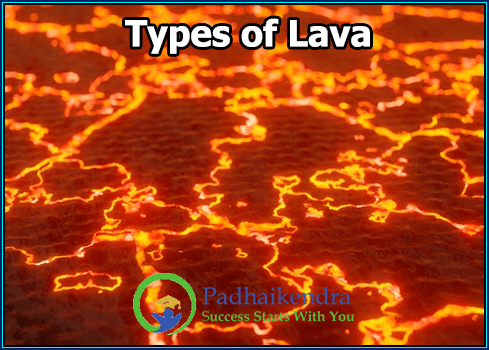There are two main types of lava, each with its own distinct characteristics:
- Basaltic Lava: Basaltic lava, also known as mafic lava, is a low-viscosity lava that flows easily and quickly. It is typically characterized by a dark color and a smooth, ropy texture known as pahoehoe. Basaltic lava often forms shield volcanoes, which are broad, gently sloping volcanoes with a low profile.
- Andesitic and Rhyolitic Lava: Andesitic and rhyolitic lava, also known as felsic lava, is a high-viscosity lava that is thicker and more sticky than basaltic lava. It is typically characterized by a light color and a jagged, blocky texture known as aa. Andesitic and rhyolitic lava often forms stratovolcanoes, which are steep-sided volcanoes with a conical shape.
The viscosity of the lava is determined by the amount of silica and gas content in the magma. Basaltic lava has a lower silica content and less gas than andesitic and rhyolitic lava, which makes it less viscous and easier to flow. Andesitic and rhyolitic lava, on the other hand, has a higher silica content and more gas, which makes it more viscous and harder to flow.
In addition to these two main types of lava, there are also intermediate lava types that fall somewhere between basaltic and andesitic/rhyolitic. These include trachytic and phonolitic lavas, which have intermediate silica content and viscosity.





